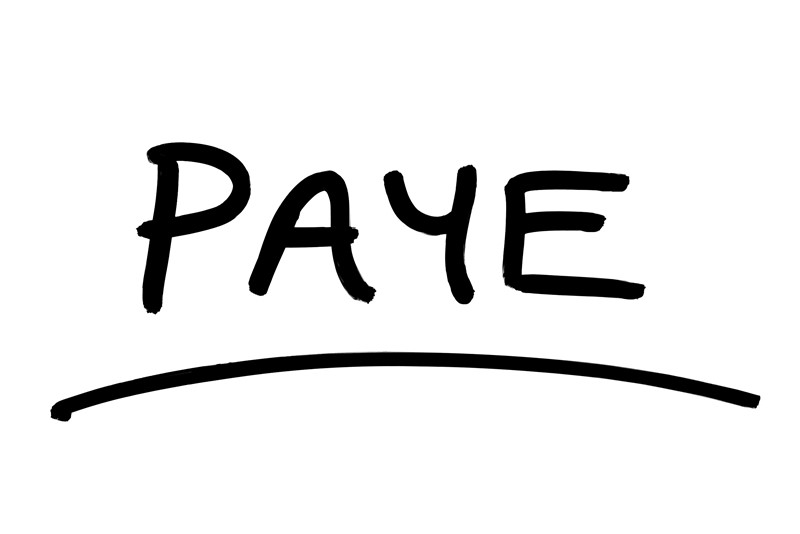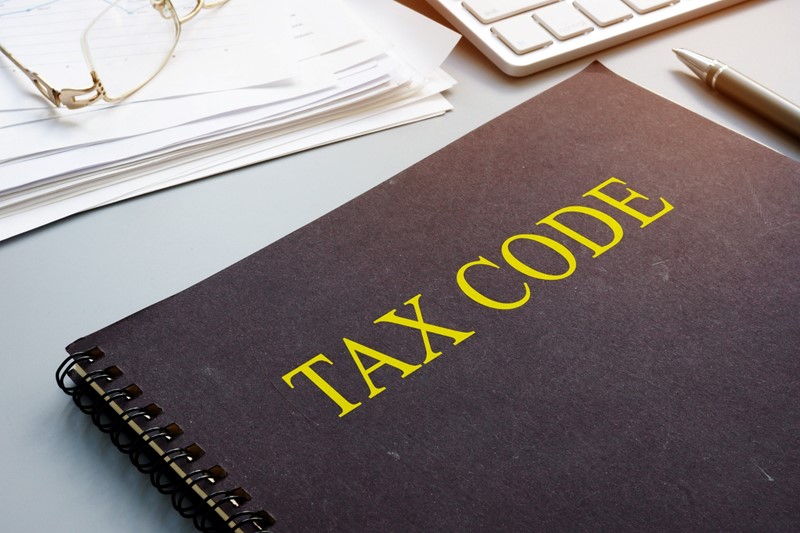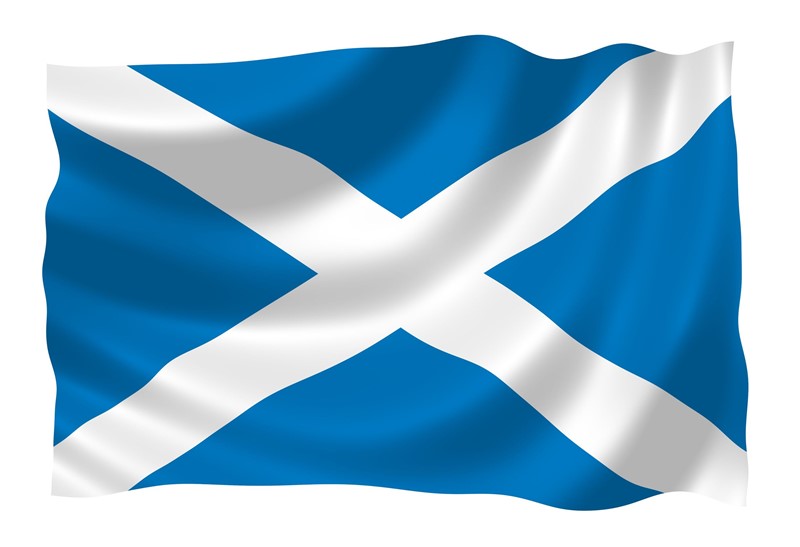You may be able to have tax underpayments collected via your tax code when you are in employment or in receipt of a company pension. Instead of paying off debts in a lump sum, money is collected in equal monthly instalments over the tax year.
You can pay your self-assessment bill through your PAYE tax code as long as these conditions apply:
- You owe less than £3,000 on your tax bill (you cannot make a part payment to meet this threshold).
- You already pay tax through PAYE, for example you are an employee, or you receive a company pension.
- You submitted your paper tax return by 31 October or your online tax return online by 30 December. This means that that for the 2023-24 tax year you have until 30 December 2024 to file your online self-assessment returns in order to have the monies collected in the 2025-26 tax year starting on 6 April 2025.
HMRC will automatically collect what you owe through your tax code if you meet the three conditions set out above unless you have specifically asked them not to (on your tax return).
You will not be able to pay your tax bill through your PAYE tax code if:
- You do not have enough PAYE income for HMRC to collect it.
- You had paid more than 50% of your PAYE income in tax.
- You had ended up paying more than twice as much tax as you normally do.
- You owed £3,000 or more but made a part payment to reduce the amount you owe to less than £3,000.









